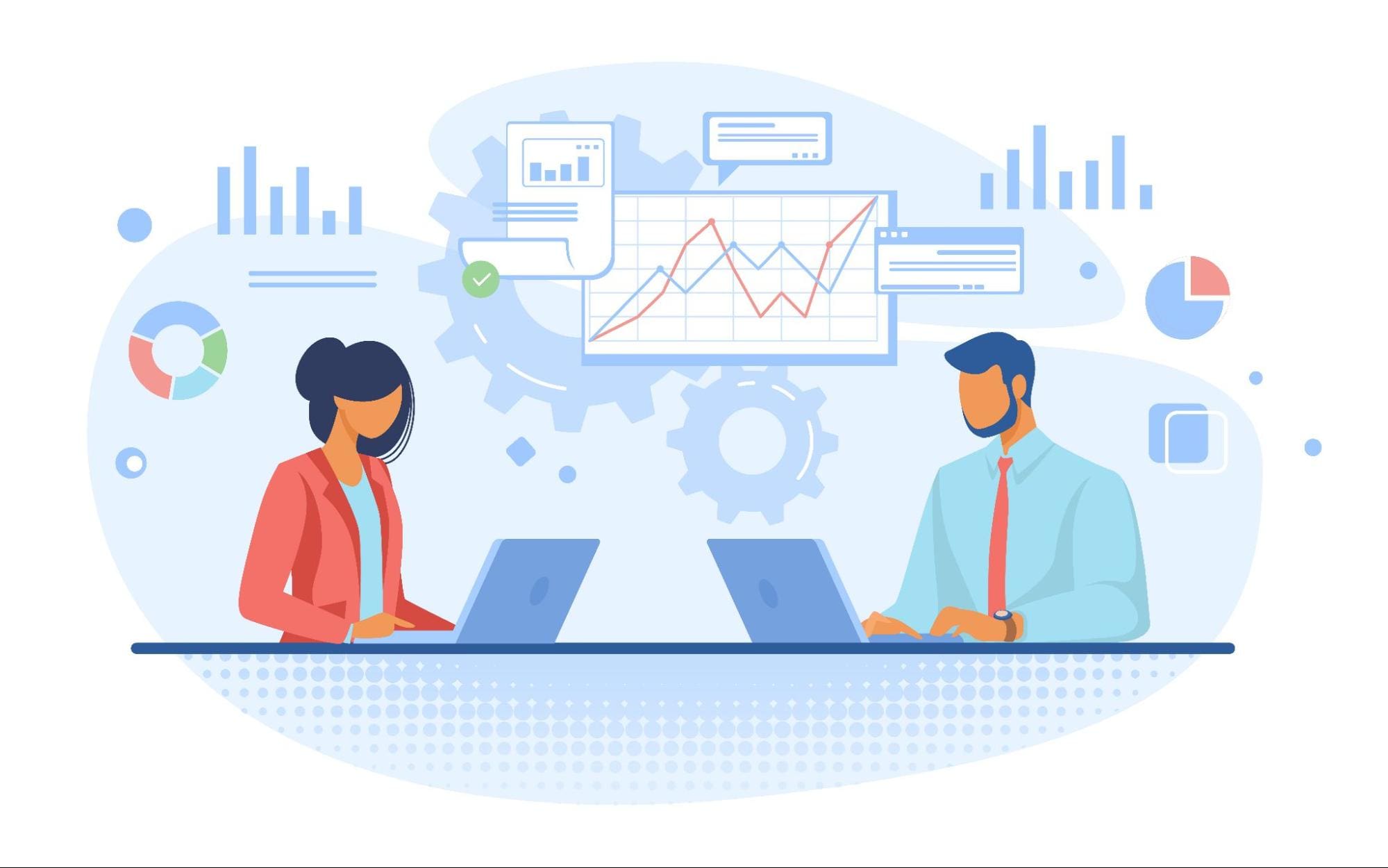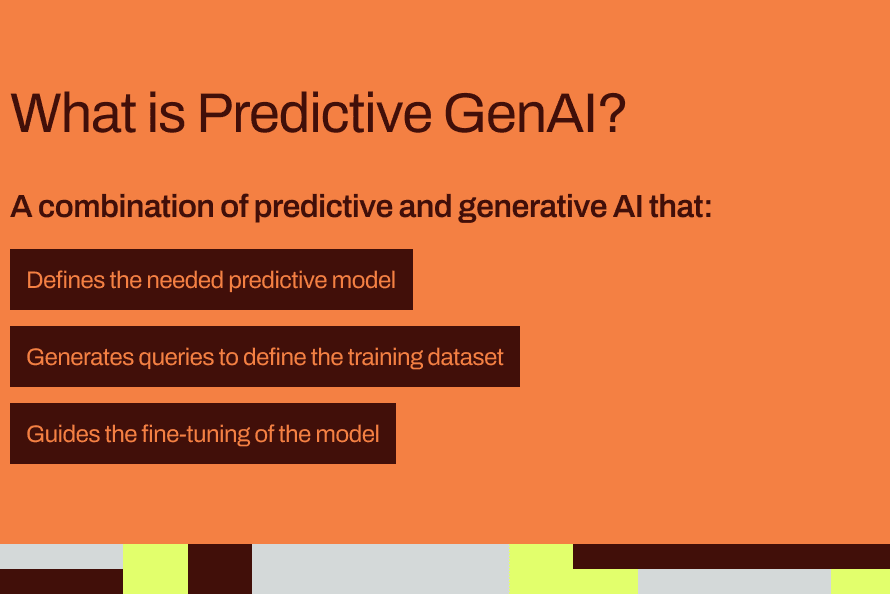[ad_1]

Image by pch.vector on Freepik
If you want to become a skilled data scientist, you should know how to understand and analyze data. And for this statistics is important.
However, learning statistics can feel difficult, especially if you’re not from a math or computer science background. But don’t worry. We’ve compiled a list of statistics courses—from introductory statistics to slightly more advanced concepts—which you can take for free.
You don’t have to take all of these courses to become proficient in statistics for data science. So please feel free to check out the courses that you particularly find interesting. Let’s get started!
Note: You can audit all of the following courses for free on Coursera.
The Introduction to Statistics course from Stanford is a good first course in statistics. This course aims at teaching all the statistical thinking concepts that are necessary to understand and analyze data.
Here’s an overview of the course contents your is an overview of what the course covers:
- Introduction and descriptive statistics for exploring data
- Producing data and sampling
- Probability
- Normal approximation and binomial distribution
- Sampling distributions and the central limit theorem
- Regression
- Confidence intervals
- Tests of significance
- Resampling
- Analysis of categorical data
- One-Way Analysis of Variance (ANOVA)
- Multiple comparisons
Link: Introduction to Statistics
Basic Statistics from the University of Amsterdam is also another beginner-friendly statistics course. This course requires you to be familiar with R programming and covers the following topics:
- Exploring data
- Correlation and regression
- Probability and probability distribution
- Sampling distributions
- confidence intervals and significance tests
Link: Basic Statistics
The Statistics for Data Science with Python is offered by IBM as part of the Data Science Fundamentals with Python and SQL specialization.
This course will teach you how to use Python to perform statistical tests and interpret the results of statistical analyses. The contents of this course are as follows:
- Basics of Python
- Introduction and descriptive statistics
- Data visualization
- Introduction to probability distributions
- Hypothesis testing
- Regression analysis
Link: Statistics for Data Science with Python
The Power of Statistics is offered by Google as part of their Google Advanced Data Analytics Professional Certificate.
From summarizing datasets to conducting hypothesis tests and modeling data using probability distributions, this course also focuses on statistical analysis with Python. This course covers the following topics:
- Introduction to statistics
- Probability
- Sampling
- Confidence intervals
- Introduction to hypothesis testing
Link: The Power of Statistics
The Statistics with Python Specialization offered by the University of Michigan teaches you how to use Python for data visualization, statistical inference, and modeling. It also emphasizes the importance of connecting the business questions you need to answer to the relevant data analysis methods.
This is a three-course specialization that covers the required theory as well as Python programming assignments to help you apply all that you’ve learned. The courses in the specialization are as follows:
- Understanding and Visualizing Data with Python
- Inferential Statistical Analysis with Python
- Fitting Statistical Models to Data with Python
Link: Statistics with Python Specialization
And that’s a wrap. We went over five courses that you can take for free to learn statistics and level up your data science skills.
Because most of these courses focus on programming and running statistical tests with Python as opposed to learning only theoretical concepts, I’m sure you’ll find plenty of opportunities to apply what you’ve learned. Happy learning, and keep coding!
Bala Priya C is a developer and technical writer from India. She likes working at the intersection of math, programming, data science, and content creation. Her areas of interest and expertise include DevOps, data science, and natural language processing. She enjoys reading, writing, coding, and coffee! Currently, she’s working on learning and sharing her knowledge with the developer community by authoring tutorials, how-to guides, opinion pieces, and more.
[ad_2]
Source link



